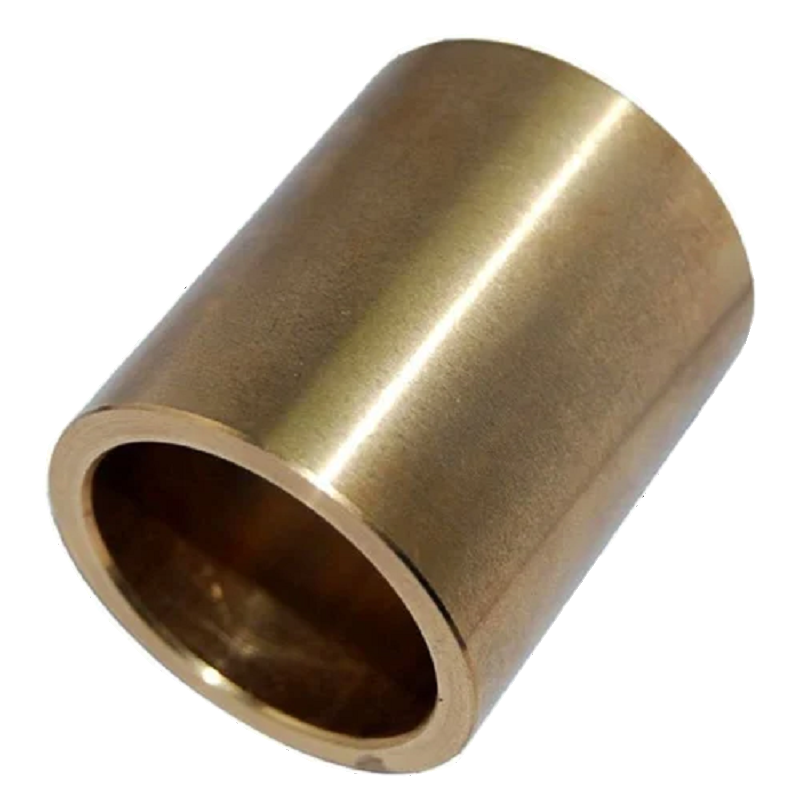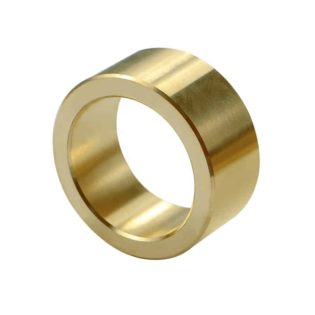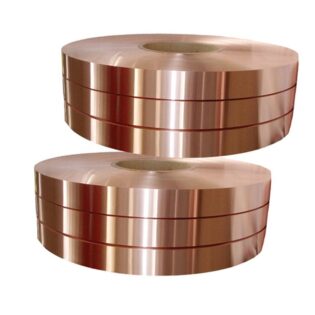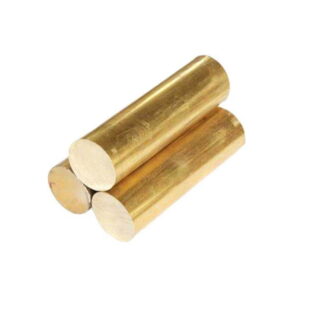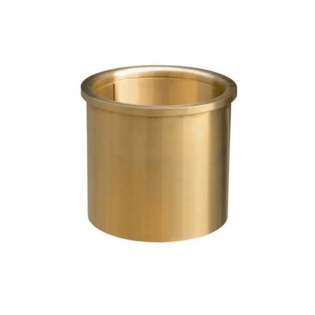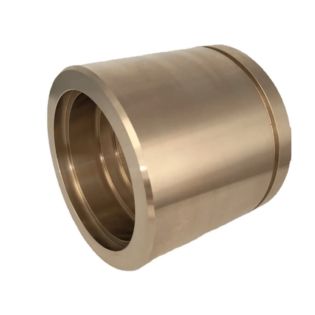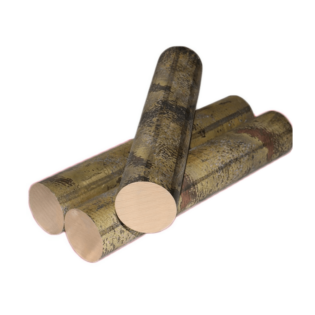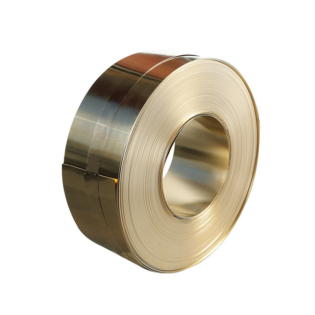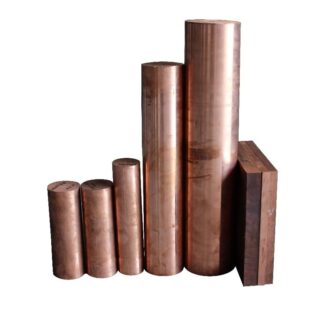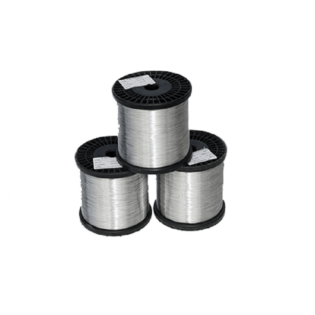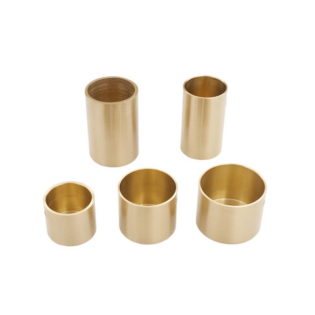Para brindar las mejores experiencias, utilizamos tecnologías como cookies para almacenar y/o acceder a la información del dispositivo. El consentimiento para estas tecnologías nos permitirá procesar datos como el comportamiento de navegación o identificaciones únicas en este sitio. No dar su consentimiento o retirarlo puede afectar negativamente a ciertas características y funciones.
El almacenamiento o acceso técnico sea estrictamente necesario con el fin legítimo de posibilitar la utilización de un determinado servicio expresamente solicitado por el abonado o usuario, o con la única finalidad de efectuar la transmisión de una comunicación a través de una red de comunicaciones electrónicas.
El almacenamiento o acceso técnico es necesario con la finalidad legítima de almacenar preferencias no solicitadas por el suscriptor o usuario.
El almacenamiento o acceso técnico que se utilice exclusivamente con fines estadísticos.
El almacenamiento o acceso técnico que se utilice exclusivamente con fines estadísticos anónimos. Sin una citación, el cumplimiento voluntario por parte de su proveedor de servicios de Internet o registros adicionales de un tercero, la información almacenada o recuperada solo con este propósito generalmente no se puede usar para identificarlo.
El almacenamiento técnico o el acceso son necesarios para crear perfiles de usuario para enviar publicidad o rastrear al usuario en un sitio web o en varios sitios web con fines de marketing similares.

